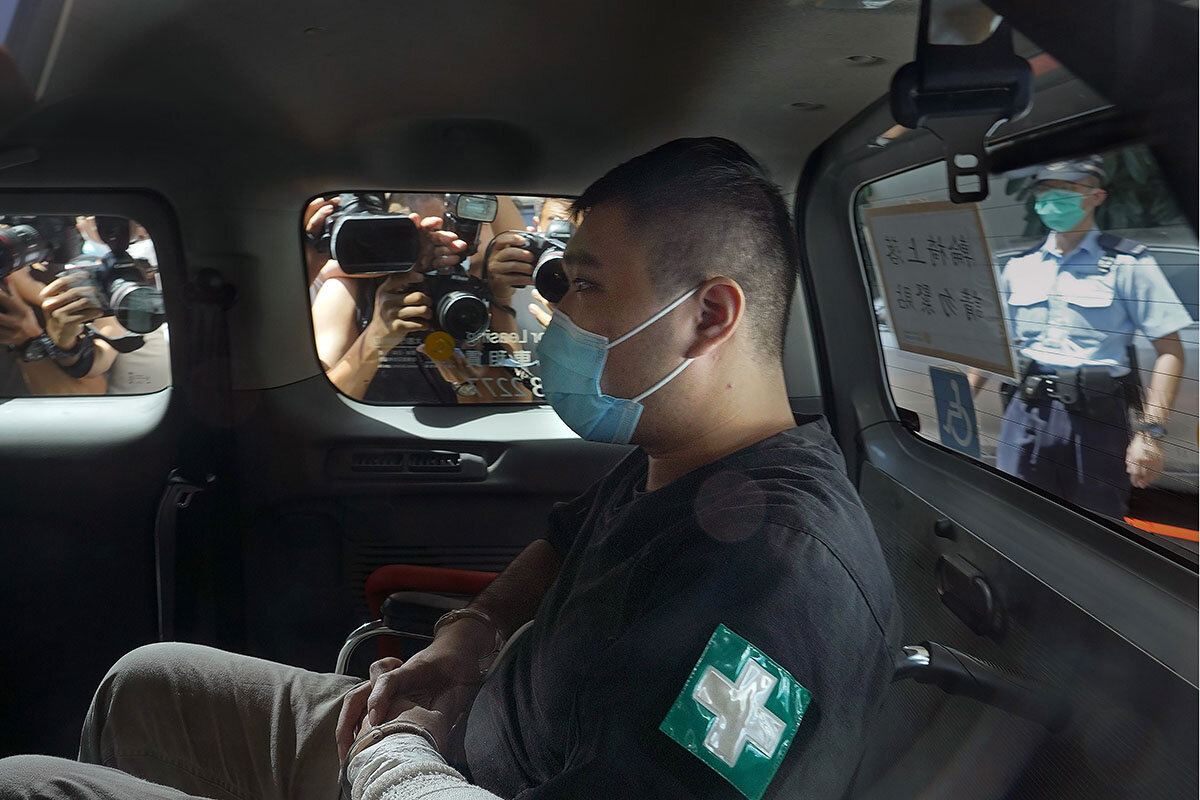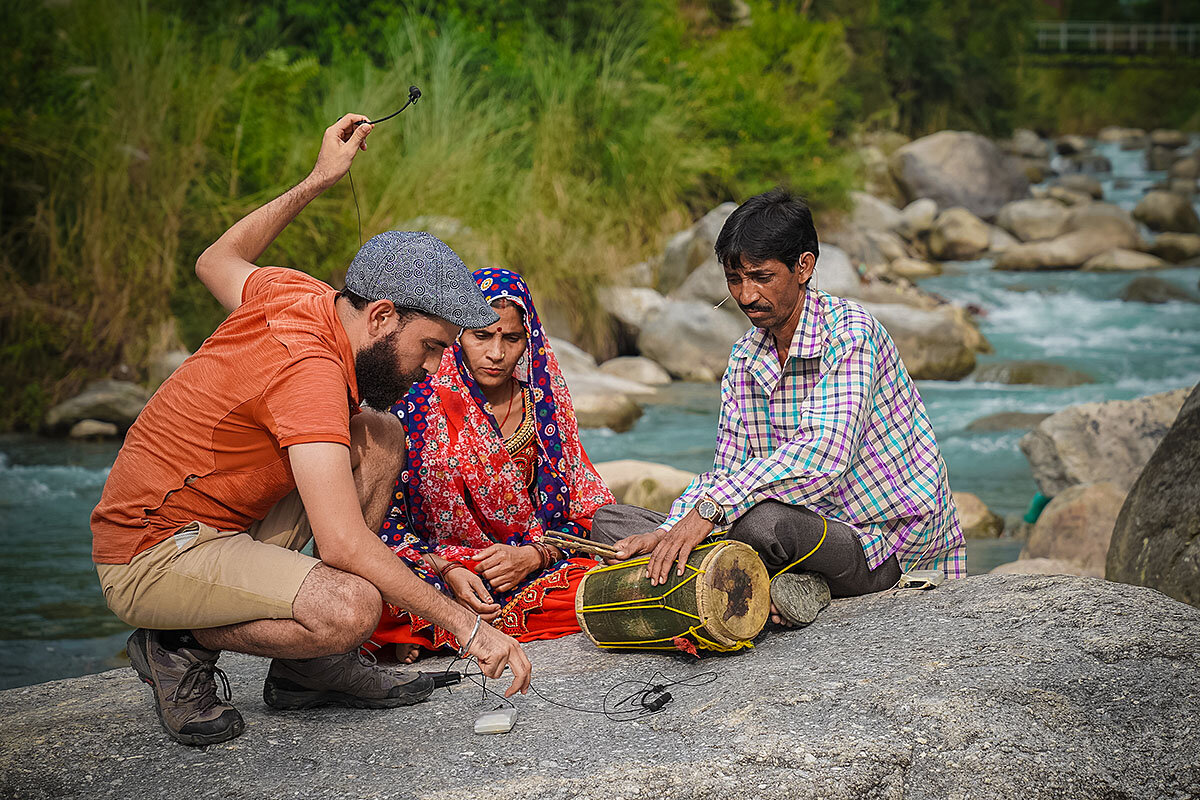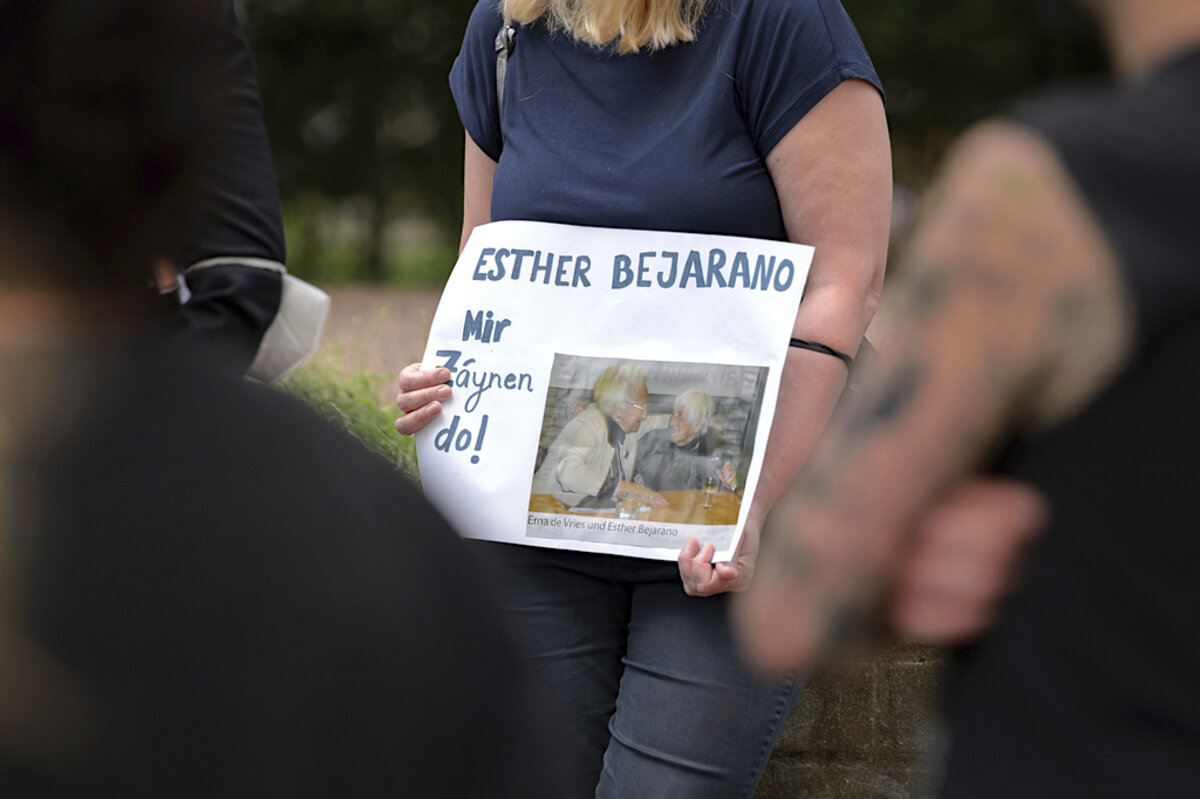In Tunisia, a presidential power grab that seized on political deadlock and pandemic pressures is winning support from large segments of a public increasingly disillusioned on democracy.
Monitor Daily Podcast
- Follow us:
- Apple Podcasts
- Spotify
- RSS Feed
- Download
 Noelle Swan
Noelle Swan
When I met San, she was painting rocks with nail polish.
These were prized possessions, she told me one afternoon at a Boston soup kitchen, her little contribution of beauty to this world. She kept them tucked in a menagerie of duffels and luggage, too many to bring into a shelter. So San (I never learned her last name) slept on a stoop.
For people experiencing homelessness, keeping track of belongings is a full-time affair. Grabbing a meal or attending a job interview can mean leaving valuables unattended. Recently, communities have started to offer storage spaces for people who are precariously housed.
In San Diego, the lesson was hard won. The American Civil Liberties Union sued the city after homeless individuals lost all of their belongings in a series of law enforcement sweeps through their camps. The settlement included plans for a transitional storage facility with 300 lockers.
In Los Angeles, officials are offering storage space as part of a concerted effort to humanely relocate tent dwellers from the Venice boardwalk to temporary housing at a nearby hotel, as Francine Kiefer covered last week.
Across the country, Northampton, Massachusetts, is testing the idea on a smaller scale with 24 lockers after the mayor’s work group on panhandling interviewed individuals about their needs.
Lee Anderson, treasurer and head cook at Northampton's Manna Community Kitchen, had seen firsthand that many of the soup kitchen regulars often went stretches without coming in for a meal.
“Sometimes I wouldn’t see a guest,” he told Western Mass News, “and I would say hey how come you missed the last few meals, and sometimes it would be well, I wasn’t hungry enough to risk my stuff.”
As San told me, when you don’t have a house to call your own, a bit of “stuff” can feel like home.










